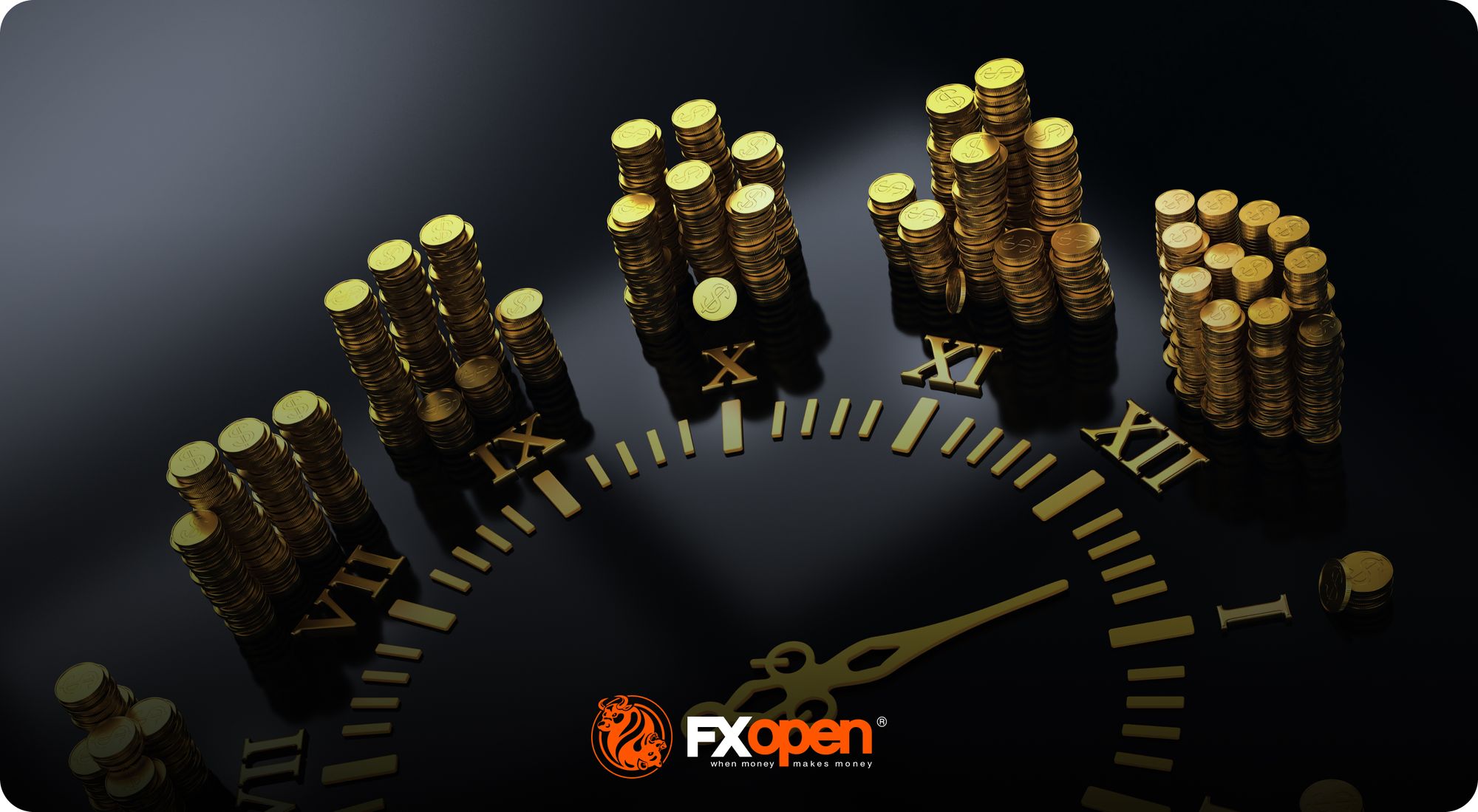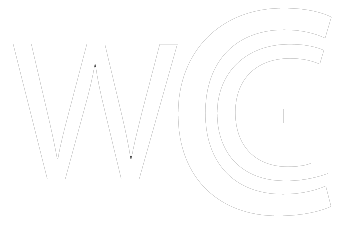What Is a Spot Rate and How It Is Used in Trading?

Spot rates are a cornerstone of trading, reflecting the real-time price for immediate settlement of assets like currencies and commodities. They provide traders with crucial insights into market conditions and influence strategies across various domains. This article explores what spot rates are, how they work, and their role in trading.
Spot Rate Definition
The spot rate is the current price at which an asset, such as a currency, commodity, or security, can be bought or sold for immediate delivery. In essence, its what the market says something is worth right now, reflecting real-time supply and demand. Unlike future prices, which are influenced by expectations and contracts for later delivery, this type of pricing is all about the present.
Spot rates are especially crucial in highly liquid assets like forex and commodities, where prices can change rapidly based on global events. To use an example, if the rate for the euro against the dollar is 1.1050, thats the price at which traders can exchange euros for dollars at that moment. Its dynamic, adjusting instantly to factors like economic news, interest rate changes, and geopolitical developments.
Spot pricing also serves as a benchmark in derivative contracts, such as futures, influencing how traders and businesses hedge against potential price movements. For instance, a gold producer might monitor these quotes closely to decide when to lock in prices.
Spot Rate vs Forward Rate: What's the Difference
The spot and forward rates (or spot rate vs contract rate) are both used to price assets, but they serve different purposes. While the spot rate is the current price for immediate settlement, the forward rate is the agreed-upon price in a transaction set to occur at a future date.
The former reflects conditions right nowshaped by immediate supply and demand. Forward rates, on the other hand, factor in expectations about future conditions, such as borrowing cost changes or potential economic shifts. For example, if a company expects to receive payments in a foreign currency within a certain period, it can use a forward rate to guarantee the amount it will receive and avoid adverse exchange rate fluctuations.
One key link between the two is that forward rates are derived from spot pricing, adjusted by factors like interest rate differentials between two currencies or the cost of carrying a commodity. In forex trading, if borrowing costs in the US are higher than in the eurozone, the forward rate for EUR/USD may price in a weaker euro relative to the dollar.
Specifically, a forward rate is determined by three factors: its underlying spot rate, interest rate differential, and the contracts time to expiry.
Backwardation and Contango
Backwardation and contango are terms used to describe the pricing structure of futures markets, specifically the relationship between spot prices and futures contract prices. These concepts help traders understand broader expectations and supply-demand dynamics.
In backwardation, the spot price of an asset is higher than its future prices. This often happens when demand for immediate delivery outweighs supply. In the oil market, backwardation might occur if theres a short-term supply disruption, causing the current price to spike while future prices remain lower, reflecting expectations of supply returning to normal.
On the other hand, contango occurs when future prices are higher than spot quotes. This can indicate that holding costs, such as storage fees or insurance, are factored into the future price. For instance, in gold, contango might be typical since storing gold involves costs, which are priced into future contracts.
These structures arent just theoreticalthey directly affect trading strategies. CFD traders can use these concepts to anticipate market movements and hedge against adverse price changes.
By understanding market sentiment and expectations, traders can speculate on the direction of prices.
How Spot Rates Are Determined
Spot prices are dynamic and reflect the immediate balance of supply and demand. They fluctuate based on several key factors that shape trading activity and market conditions.
- Supply and Demand Dynamics: When demand for an asset outpaces its supply, the rate rises, and vice versa. For example, a spike in demand for oil due to geopolitical tensions can push its price higher.
- Economic Indicators: Inflation data, GDP growth, and employment figures heavily influence spot quotes, particularly in forex. A strong economic report can lead to currency appreciation, while weak data may have the opposite effect.
- Interest Rate Differentials: In forex, differing interest rates between countries impact currency spot rates. Higher borrowing costs in one country can attract investment, driving up demand for its currency and its price.
- Liquidity: Highly liquid assets, like major currency pairs, might have more consistent prices. Less liquid assets can see greater price volatility due to fewer participants.
- Geopolitical Events: Elections, wars, and natural disasters can cause sudden price shifts by disrupting supply chains or altering economic outlooks.
Types of Spot Markets
Spot markets are where assets are traded for immediate settlement, offering real-time pricing and instant transactions.
- Forex: The largest spot market, where currencies like the euro or dollar are exchanged at the current rate, often used by traders to capitalise on short-term price movements.
- Commodities: Includes trading raw materials like gold, oil, or wheat. Buyers and sellers agree on the spot price for immediate delivery, reflecting current supply-demand dynamics.
- Equities: Shares of publicly traded companies are bought and sold at the prevailing market price on exchanges like the London Stock Exchange or NYSE.
- Cryptocurrencies*: Although not mentioned earlier, these involve buying and selling digital assets like Bitcoin at current prices and receiving an instant ownership transfer.
Each of these assets has a derivative market that uses the spot price as a reference point. To explore these markets CFDs with live price charts, head over to FXOpens free TickTrader platform.
What Spot Rates Mean for Traders and Markets
Spot rates are effectively snapshots of reality, reflecting the current balance of supply and demand. For traders, they provide a critical context for decision-making and deeper insights.
Market Sentiment and Timing Opportunities
These rates offer a real-time lens into market sentiment. Sudden price movements often signal shifts in supply, demand, or broader economic conditions. For instance, a rapid rise in the spot price of oil might indicate geopolitical tensions affecting supply chains, which could have knock-on effects across energy-related sectors. Traders monitoring these shifts can identify potential opportunities to capitalise on short-term volatility or avoid unnecessary exposure.
In addition, spot rates reveal liquidity levels. Highly liquid markets, such as major forex pairs like EUR/USD, typically have tighter spreads and more consistent prices. By contrast, less liquid assets might exhibit greater price discrepancies, signalling caution or potential opportunities to analyse deeper.
Impact on Strategy and Broader Markets
Spot rates directly influence trading strategies, especially in markets tied to commodities or currencies. Futures pricing, for instance, is often built upon the spot quote. Traders use these quotes to gauge whether hedging or speculative strategies align with current dynamics. A mismatch between spot and futures prices can indicate a contango or backwardation scenario, providing insight into whether traders are expecting costs or supply changes in the near term.
Beyond individual strategies, they also ripple through broader markets. For businesses and investors, they act as barometers in cost evaluating and pricing. For example, airlines keep a close eye on the current price of jet fuel to decide when to secure future contracts, directly impacting operational costs and profitability. Similarly, multinational companies use spot pricing in forex to manage cross-border expenses or revenue.
The Bottom Line
Spot rates are at the heart of trading, offering real-time insights into market conditions and influencing strategies across financial markets. Understanding how they work can help traders navigate potential opportunities and risks.
Whether you trade forex, commodities, stocks or other markets, choosing the right broker is essential. Open an FXOpen account to access competitive trading conditions, 700+ markets, and user-friendly platforms and trade CFDs designed for all levels of traders.
FAQ
What Is a Spot Rate?
A spot rate represents the price at which an asset, such as a currency, commodity, or security, is currently available for immediate settlement. Traders and businesses often use these prices as benchmarks in transactions and to assess market conditions.
What Does Spot Price Mean?
The spot rate meaning refers to the exact market price for an asset at a specific moment in time. Its the price buyers are willing to pay and sellers are willing to accept for immediate delivery. These prices are dynamic, changing with broader conditions.
When to Use Spot Rate?
Spot rates are commonly used when immediate delivery of an asset is required. Traders often rely on them in short-term positions, while businesses might use them for immediate currency exchanges or raw material purchases. Theyre also used as reference points when evaluating forward contracts and derivatives.
How Are Spot Exchange Rates Determined?
Spot exchange rates are determined by the forces of supply and demand. Factors like interest rates, economic data, geopolitical events, and liquidity can influence them.
Is Spot Trading Risk Free?
No, all trading carries risks. Prices can be volatile, and unexpected market events may lead to losses. Understanding these risks and using proper risk management techniques can help potentially mitigate losses.
*At FXOpen UK, Cryptocurrency CFDs are only available for trading by those clients categorised as Professional clients under FCA Rules. They are not available for trading by Retail clients.
Read more: https://fxopen.com/blog/en/what-is-a-spot-rate-and-how-it-is-used-in-trading/
Text source: Forex Trading Blog










